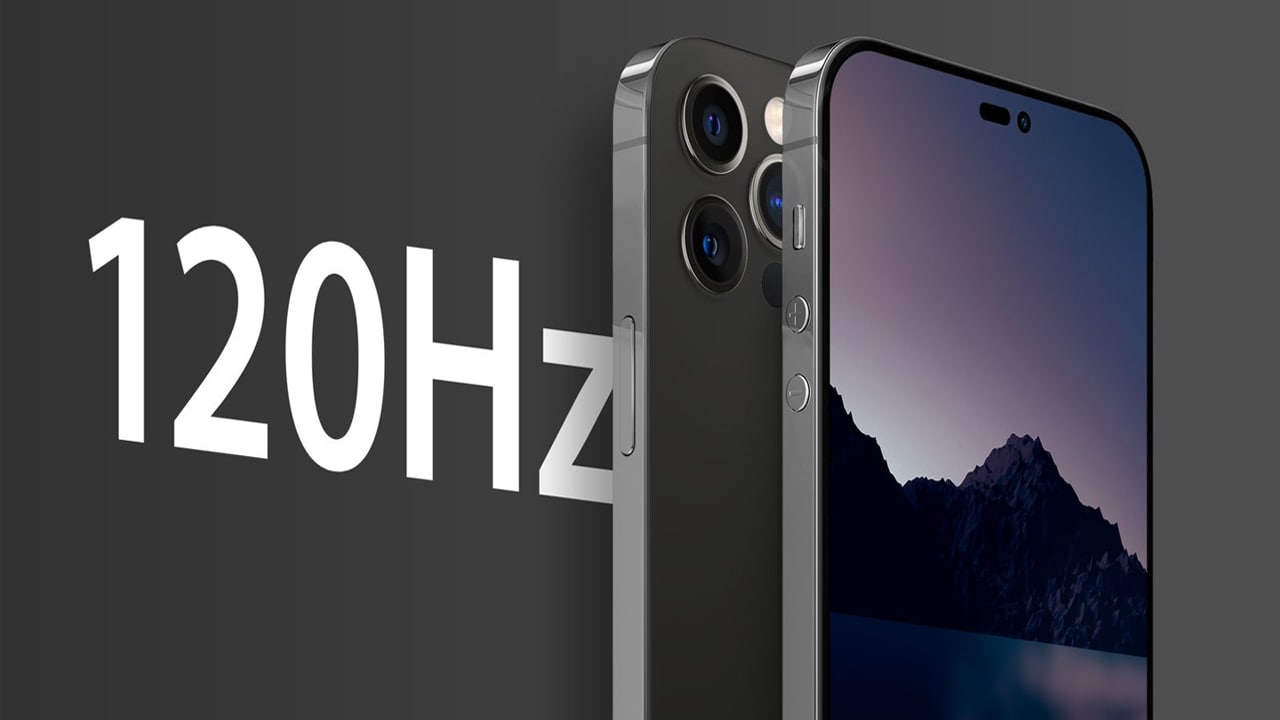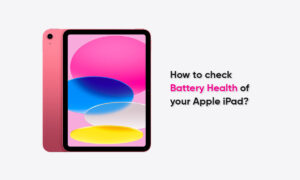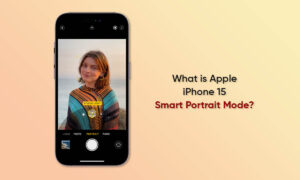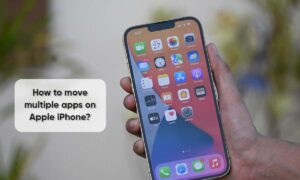At present, the mobile phone charging interface is roughly divided into two camps, one is the Type-C camp for Android mobile phones, and the other is the lighting camp for Apple mobile phones.
Although the European Union has advocated the use of the same type of charging cable, the iPhone still uses the ancestral Lightning port, arguing that using all Type-C will stifle innovation.
Join tip3x on Telegram
Apple said this partly because of economic interests, and partly because of product ecology. First of all, we will know the difference between a Type-C port and a Lightning port?
Before using the Type-C interface in a wide range of Android phones, the Micro USB interface was used. Because Type-C supports positive and negative blind insertion and supports the USB3.0 standard, users can use it more easily, so it is widely used.
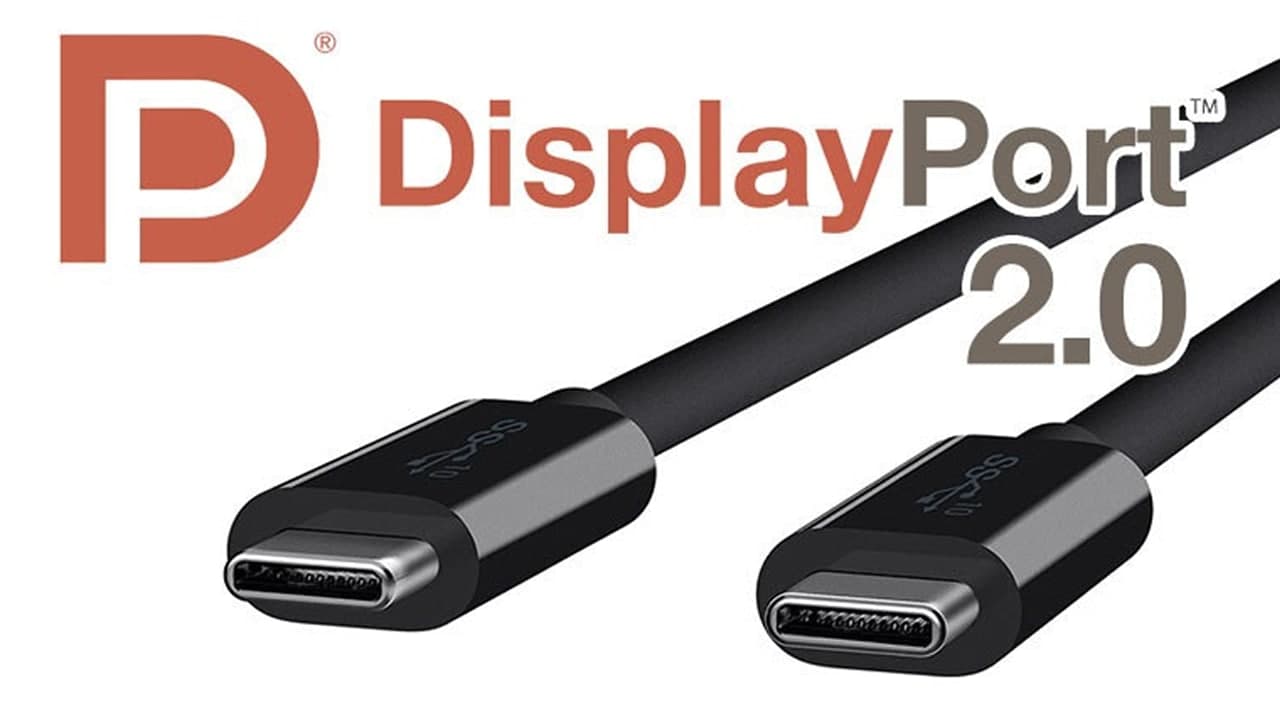
And thanks to the design of 24 pins and a maximum transmission rate of 40Gbps, Type-C can be compatible with more protocols and expand more functional applications, including data transmission, audio-video, charging, video output, etc.
Even the current generation of Lightning 4 ports and USB 4 ports use Type-C ports. In addition to basic charging and data transmission, the Apple Lightning port also supports digital signal output functions such as video and audio.

However, the Lightning interface used by the current iPhone and iPad series is still only at the speed of USB2.0, and the transfer rate is about 25MB-35MB/s. The transfer rate for the present requirement.
Apple’s Lightning port is smaller than the Type-C port and takes up less space inside the phone. Because Type-C has a larger interface area, it has larger bandwidth and stronger power supply capability.

Why does Apple not use the Type-C interface? It is not that Apple has not used the Type-C interface at all. At present, the iPad has used the Type-C interface, but the iPhone is still using the Lightning interface.
An important reason why the iPhone does not use Type-C is interest. Every year, Apple’s Lightning interface can bring a lot of profits to Apple, and these profits will also be affected after the mobile phone is replaced with the Type-C interface.
If a data cable manufacturer wants to obtain Apple’s MFi (Made For iOS) certification, it needs to pay Apple to buy it. When using an Apple data cable that is not MFi certified, a pop-up window of “This device is not supported” may pop up.

Another part of reason is that Apple mobile phones are generally very small, and with the thin and light body design, the space for internal parts of the mobile phone is very small.
Compared with the Lighting interface, the USB Type-C interface has a larger interface area, which will also occupy more internal space. Although the Lighting interface does not seem to have a fast charging speed, it ensures sufficient internal space.
In addition, there are already many products using the lightning interface in the Apple ecosystem, and it is not very easy to change, so the iPhone has never used the Type-C interface.
Can Android phones and Apple phones have unified interfaces in the future? At present, this possibility seems relatively small, but the future wireless charging technology may unite Apple and Android phone users into one camp.

At present, more and more mobile phones support wireless charging technology, and the types of wireless chargers on the market are gradually increasing. The small partners who want to use the charger uniformly need to wait for a while.
Apple and Android phones cannot both be replaced with the same interface, but can Apple and Android phones still set up barriers to each other for wireless charging technology that does not use interfaces? I don’t think it is possible.
However, the efficiency of wireless charging is still relatively low at present, and it can only be attached to the charger. There is still a long way to go before it is fully popularized.

